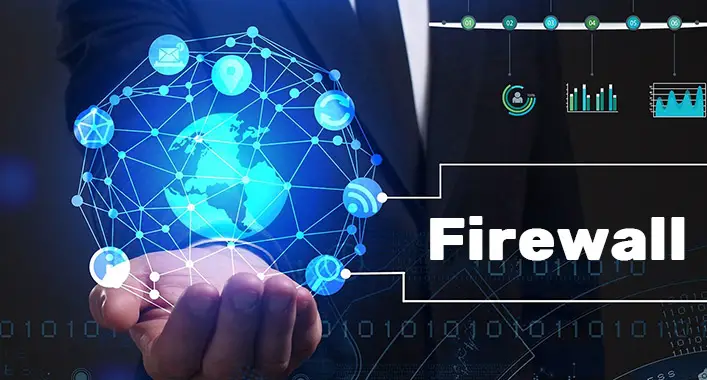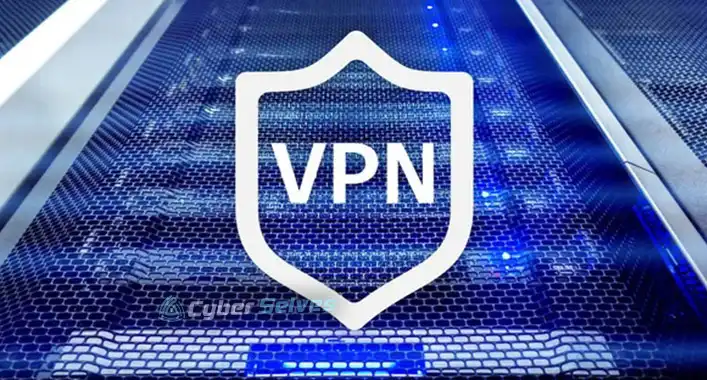Monitoring and Managing Cyber Security Alerts
In the paced and interconnected world we live in today businesses heavily depend on their infrastructure. That’s why ensuring cybersecurity is essential. One key element of cybersecurity involves handling security alerts. In this article, we will thoroughly discuss the significance of cybersecurity alerts and the challenges that organizations face in dealing with them. Additionally, we will explore approaches for monitoring & alerting effectively managing this cyber monitoring alert.

Image Credit: Unsplash
The Importance of Cybersecurity Alerts
Cybersecurity alerts play a role when notifying organizations about threats or suspicious activities happening within their network. These alerts can involve identifying malware detecting access attempts or spotting patterns in network traffic. Being able to identify and respond to these alerts is essential, especially for preventing data breaches, minimizing harm, and protecting information.
Challenges in Handling Cybersecurity Alerts
Despite the role played by cybersecurity alerts, organizations often encounter challenges when it comes to effectively managing them. Some common obstacles include:

Image Credit: Pexels
1. Alert Overload
Amidst the myriad challenges faced by cybersecurity teams, the emergence of deceptive tactics adds a layer of complexity to their responsibilities. In this digital age, where online threats continue to evolve, one such deceptive tactic that stands out is the “fake Apple security alert.” The sheer volume of an Apple security alert generated by security tools can easily overwhelm cybersecurity teams. Security alerts flood can create an environment of heightened stress and potential oversight. In this scenario, it is crucial to adopt automation and orchestration as priorities. Tools that automate tasks can take care of responsibilities, enabling cybersecurity experts to concentrate on detecting and responding to fake Apple security warnings. By lessening the need for procedures companies can minimize the risk of burnout, and improve the overall effectiveness of their cybersecurity operations.
2. Absence of Context
One of the challenges faced by cybersecurity professionals is the lack of context in alerts. This makes it difficult for them to understand the severity and potential impact of an incident. Insufficient information hinders their ability to prioritize and respond appropriately.
3. Difficulties in Integration
Within an organization, different cybersecurity tools often operate independently which leads to a lack of collaboration. Integration challenges can disrupt the flow of information between these tools thereby impacting the security infrastructure.
4. Shortage of Skilled Experts in Cybersecurity Monitoring Services
The shortage of cybersecurity experts worsens the issue. Companies often face difficulties in finding and keeping individuals who know how to understand and appropriately address the changing and managing Cyber risk.
Effective Strategies for Cybersecurity Monitoring
To overcome the challenges and optimize the efficiency of cybersecurity alert systems organizations can consider implementing the following strategies.
SIEM solutions are something worth considering. They offer value by helping organizations consolidate and correlate data from security tools. With these systems, businesses can analyze security events providing them with a view of their overall security status.
Or, focus on automation and orchestration. Leveraging automation and orchestration tools can significantly improve response times. By automating tasks cybersecurity experts can focus more on strategic aspects of identifying and mitigating threats.
On another note, you could work on developing an incident response plan. Creating a defined incident response plan is crucial for the management of cybersecurity alerts. This plan should include established procedures for identifying, containing, eliminating, recovering from, and analyzing security incidents. Regular drills and simulations ensure that the response team is well-prepared to handle real-time situations.
Also, adding context to alerts might be effective. Providing context to alerts plays a role in decision-making processes. This involves integrating threat intelligence feeds and understanding the organization’s risk profile, but also considering business context during the analysis process. By contextualizing alerts, cybersecurity teams can prioritize their responses based on their impact on the business.
One important step is investing in training and skill development programs to address the shortage of professionals in the cybersecurity industry. This ensures that cybersecurity experts stay updated on the threats, tools, and techniques. Additionally, it is crucial to encourage collaboration and communication by creating channels for departments to work together within the company. Cybersecurity teams should closely collaborate with IT compliance teams to ensure an approach to security.
Conclusion
Effectively monitoring and managing cybersecurity alerts is crucial, for maintaining a cybersecurity strategy. In this changing landscape organizations must adjust their approach to proactively combat cyber threats.
By adopting technologies fostering a culture and investing in the skills development of their cybersecurity workforce organizations can fortify their defenses against the constantly expanding range of cyber threats. In this battle, the ability to promptly navigate and respond to cybersecurity alerts can determine whether an organization successfully defends against attacks or falls victim to devastating breaches.
![[7 Methods] How Can You Protect Chrome When You Can’t Protect Yourself?](https://cyberselves.org/wp-content/uploads/2023/03/How-Can-You-Protect-Chrome-When-You-Cant-Protect-Yourself.webp)





